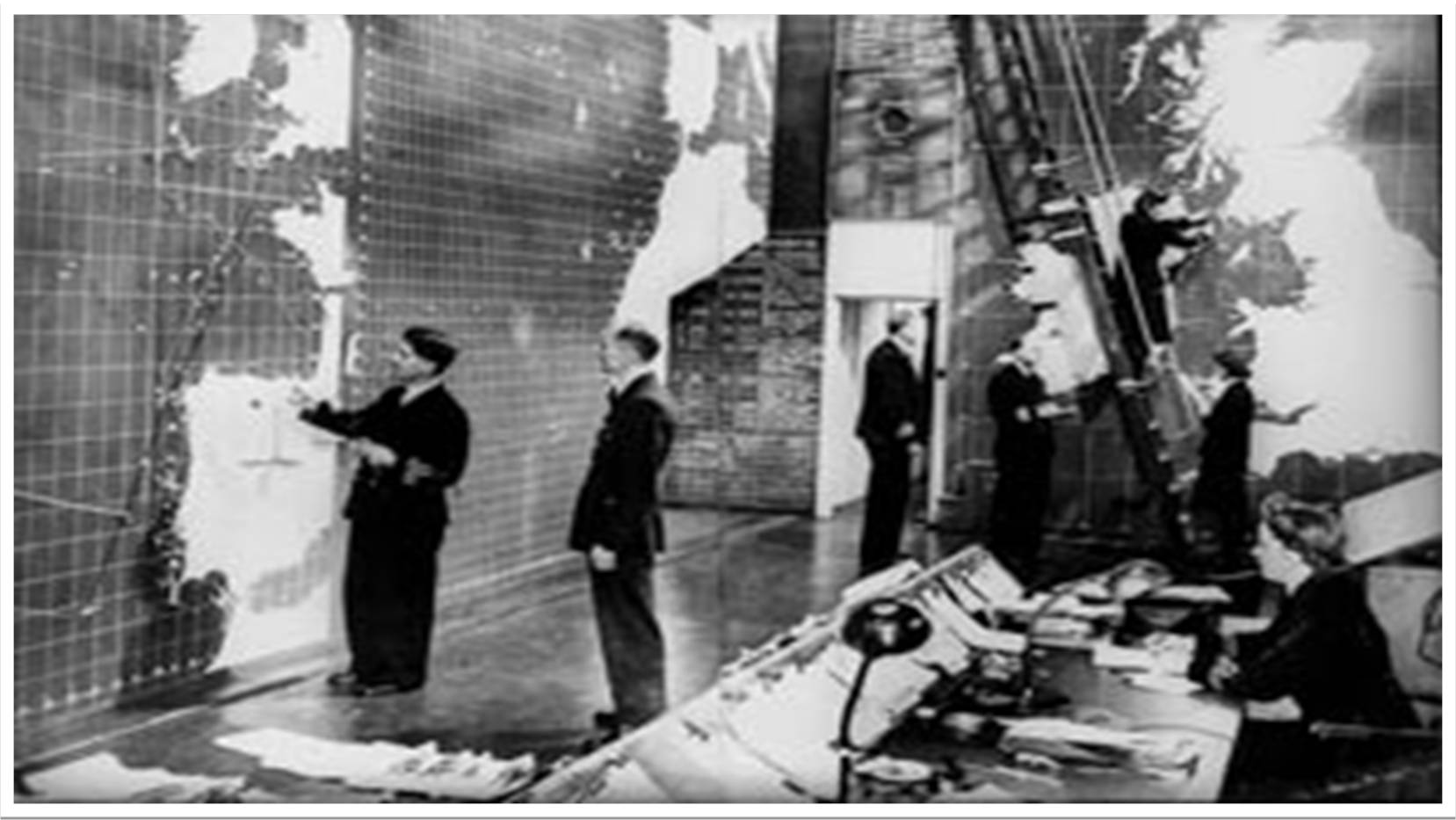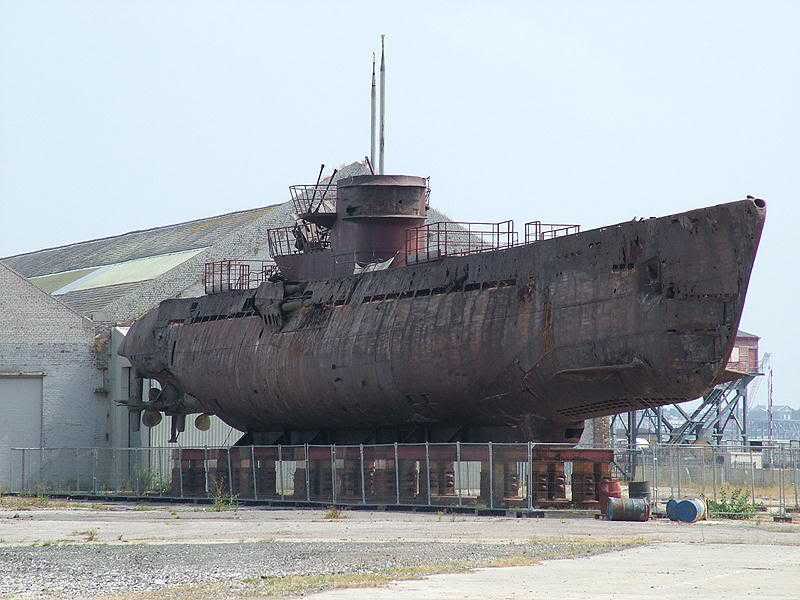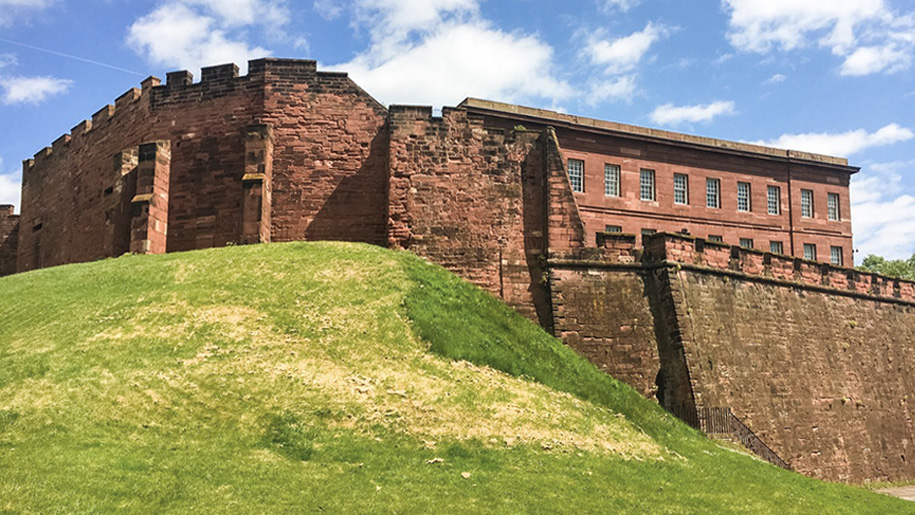 |
| I had these excellent figures in 1/72nd scale and always think of them when contemplating mountain warfare. |
I've been very busy, with the help of Russ and Mark, building up mountain terrain this summer. I am aiming to expand the scope of my existing desert terrain and give further options for operational games in East Africa, Tunisia, Sicily, Southern Italy and Iran.
The terrain is progressing well but at my usual slow pace and I am ready to put on a Thursday night trial game now, and should be operationally ready by September.
With this in mind I thought it would be a good idea to post some outline ideas on rules for mountain warfare. I want to keep them simple and obvious but cover all the peculiarities that will make fighting in the mountains different from other games - so here goes;
Amended Spearhead Rules for Mountain Warfare
- Supporting units cannot fire through friends on mountains.
- Units on mountains are always in -1 cover.
- All units firing from one mountain at a target on another mountain suffer a -1 penalty (apparently it was notoriously difficult to judge the range)
- Mountain trained troops get a +1 in close combat.
- Only support units of 76mm and below in calibre can be manhandled up mountains and move at 1/3 normal movement.
- Infantry units move at a max 1/2 normal movement when on a mountain (see later for ascending/descending) and cannot fire when moving.
- Mountain trained infantry move at a max 1/2 normal movement when on a mountain but can fire in the moving infantry phase.
- Only howitzers and mortars can fire onto or over mountains. Calibers of 105mm or less can fire up to two levels. 106mm to 149mm can fire up to 3 levels. 150mm and above up to 4 levels. This is in addition to and not instead of their usual range from other tables.
It's probably simpler if I illustrate how mountains are ascended (and descended).
The units movement ends immediately once in contact with the mountain. At this stage if it has moved up to half its normal movement rate it can fire in the moving infantry phase.
On the second turn the unit can begin its ascent. The rear of the base is placed on the level and the rest is lent against the mountain (the first mountain base is equal to two levels). This is a full move.
On the third move the unit is placed on the initial level area. This is a full move. Movement around this level is according to the rules above at 1/2 rate.
The unit is required to continue its ascent. Again the rear of the base is placed on the level straight away without stopping at the base and the rest is lent against the second tier of the mountain (the second mountain base is equal to one level). This is a full move.
On the second move the unit is placed on the top of the second tier. This is a full move. Movement around this level is according to the rules above at 1/2 rate. The mountain top is impassable and counts as a fourth level for calculating arc of fire for howitzers and mortars.
I hope I have made the above clear but I would welcome any comments or additions that anyone may have. Phil, if I could borrow your book on winter and mountain warfare I could check for any other details I may have missed.




















































